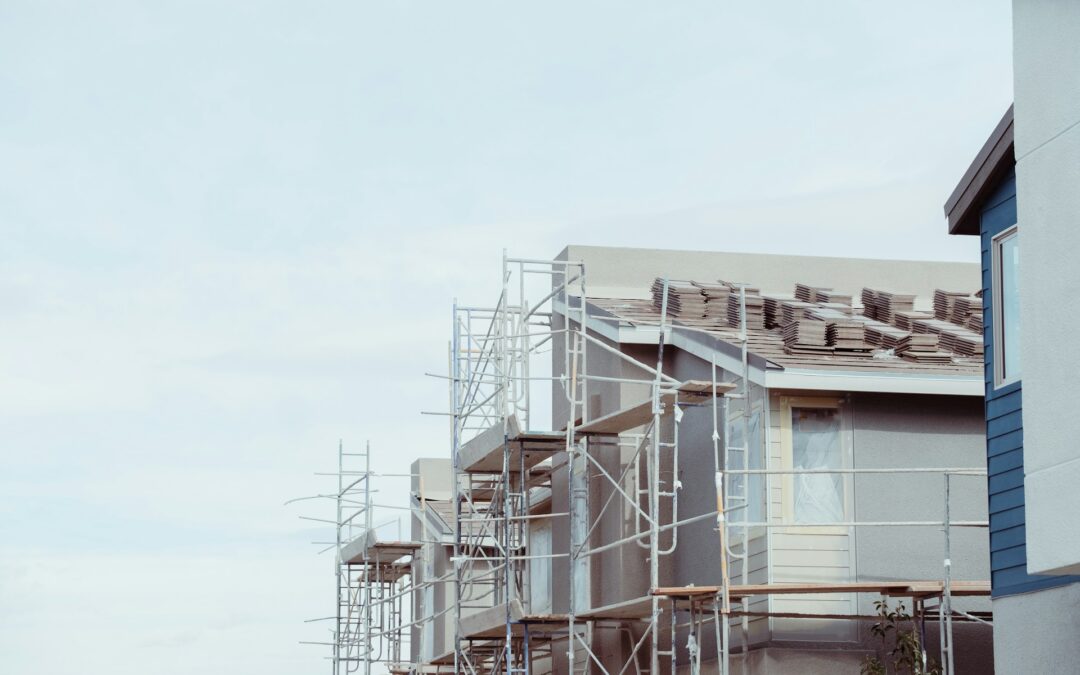Fall tends to feel like go-time in Texas. The blazing heat of summer starts to ease, and people who’ve been waiting for cooler weather begin moving forward with construction plans. That upswing in activity creates a busy season not just for builders but for city and county permit offices too. If you’re starting a custom home build around this time, it’s important to know that permitting might not happen as fast as you hope.
It’s one of those seasonal shifts that’s easy to overlook until it slows things down. A good custom home builder in Texas already plans for these timing issues at the start, knowing that fall brings its own rhythm—one with more people in line and fewer working days to get things approved. When we account for these delays early, everything else flows more smoothly, even when paperwork lingers.
Why Permits Matter in the Building Process
Before the first stake goes into the ground, your project has to pass through the hands of local permitting offices. A building permit isn’t just a stamp on a form. It gives permission to start work and plays a big part in making sure the structure gets built safely and legally.
Permits help track everything that matters to long-term quality—like how the foundation sits against the soil or whether electrical and plumbing meet code. From a city’s point of view, they help manage zoning rules, safety inspections, and neighborhood planning. For homeowners, it’s a checkpoint system that keeps mistakes from sliding through unnoticed.
In most custom builds, there’s more than one permit involved. Electrical, mechanical, structural, and septic systems often require separate approval. That means the clock doesn’t just start once—it resets as each piece enters and exits a different stage. That’s normal, but it can add layers of timing to an already complex schedule, especially in the fall.
Shelton Custom Homes works closely with city and county officials to keep the permitting process organized and transparent for every project.
Common Fall Factors That Slow Things Down
Texas fall brings a real mix of pace. On the one hand, the temperature drops just enough to invite work crews back to job sites more comfortably. At the same time, those same cooler weeks often bog down paperwork.
Three big things tend to creep in during this season:
1. Staff shortages and holiday calendars. City and county offices don’t always operate with full teams during the fall. Workers take vacation in October and November, and some departments close for holidays or long weekends, which narrows the window for review.
2. A flood of new applications. Many homeowners—and their builders—like to start groundwork before winter sets in. That means applications spike right around September through November, creating longer lines and more backlog at permitting desks.
3. Changing weather conditions. As rain becomes more frequent in parts of Texas, soil inspections and site evaluations may get pushed back. Wet or muddy land can keep inspectors from accessing the property safely, and if a jobsite doesn’t dry out in time, that appointment may get rescheduled several times.
When all of these overlap, small paperwork delays can stretch. It isn’t always someone’s “fault.” It’s just the pace that happens when timing and weather line up in a tricky way.
How Timing Impacts Homes in Rural Areas
If your land is outside the city—say in Parker or Wise County—the delays may go a step further. Rural areas face different challenges with permit timing. Offices are smaller. Teams cover broader routes. Inspectors might drive dozens of miles between stops, which limits how many visits can get booked each day.
Not every county sets the same rules, either. While cities often have online permitting systems, some rural offices require in-person visits or approval at monthly meetings. These added layers are part of what makes rural building rewarding but slower.
Bad roads and wet ground only make things harder. A long gravel drive or steep incline can block trucks if it rains hard enough, delaying both soil testing and inspector visits. That’s why a custom home builder in Texas has to think ahead in rural builds. Permits don’t come with a “fast lane” out here, so padding the schedule under these conditions is just smart planning.
Shelton Custom Homes adjusts project timelines county by county and uses their experience with rural North Texas permitting to account for common service gaps and access issues.
What Can (and Can’t) Be Done While Permits Are Pending
Even when the paperwork is paused, other parts of the process can still move forward. For example, this is usually a good time to revisit floor plans or confirm design selections. If specific finishes or fixtures haven’t been chosen, this waiting period creates a low-pressure moment to work through the details.
Structural engineers might still be reviewing the design. Vendors might be helping price out appliances. None of this breaks the rules—because actual site work hasn’t started—but it does mean the project keeps inching ahead, even if you can’t see it happening on the land yet.
That said, almost no physical construction should begin until all permits are in hand. It’s not just a rule—it protects homeowners legally and keeps the final inspection process cleaner. Starting too early comes with risks, including having to redo work if code requirements change midstream or if an inspection gets denied later. Patience here avoids headaches later.
Benefit of Planning Ahead with Seasonal Delays in Mind
So why does this all matter in the bigger picture? Because when fall hits, timing shifts—and that can knock even the best-laid schedules off track unless they were built to flex.
Permits take longer during this season for very real reasons. Offices are busier. Staff hours are cut. Wet weather messes with inspections. A builder who knows how Texas works respects those patterns and makes space for them from the start.
The good news is this: a slower fall permitting process doesn’t mean your home will be late. Strong planning upfront, plus clear eyes on steps that can still move forward, keeps momentum alive. Building often comes in waves. Knowing when the tide runs slower helps the whole project move along with fewer hiccups. Sometimes we just pause, prepare, and let the land—and the paperwork—catch up. And that’s okay.
At Shelton Custom Homes, we know how important it is to build trust into every part of the process, especially as the pace shifts with the season. When you’re ready to start fresh with a home built around your daily life, our approach as a custom home builder in Texas is built for both thoughtful planning and steady progress.

